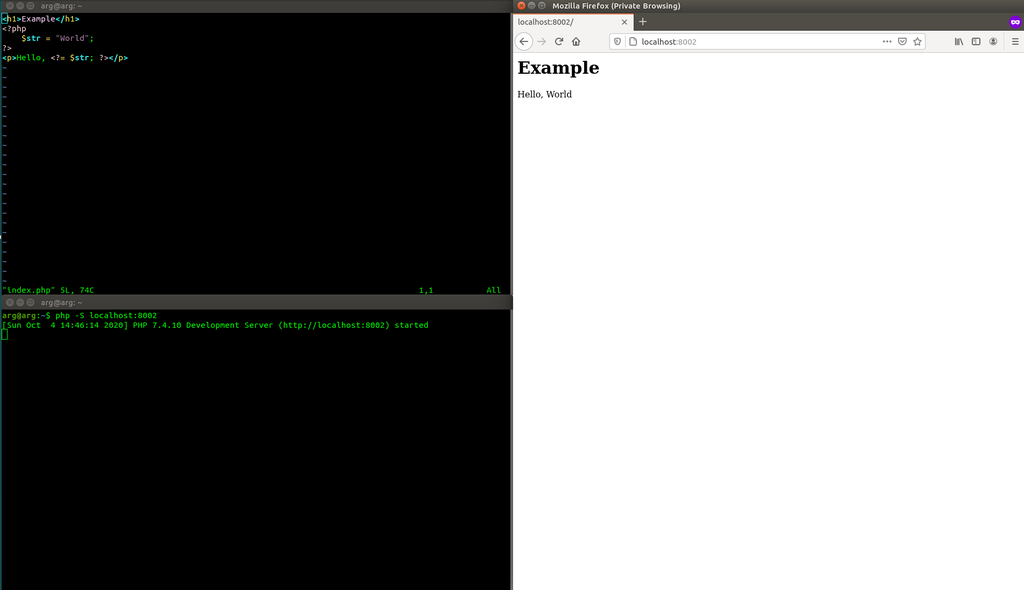
Php cource about. contents
Introduction to PHP: Introduction to PHP, History and Features, Installation &
Configuration of PHP, Embedding PHP code in Web Pages, HTML and Whitespaces, Writing Comments, Sending Data to the Web Browser, Data types, Keywords. Using Variables, Constants, Expressions. Operators.
Programming with PHP: Conditional statements: if, if-else, switch, The? Operator, Looping statements: while Loop, do-while Loop, for Loop.
Arrays in PHP: Introduction What is Array?, Creating Arrays, Accessing Array elements, Types of Arrays: Indexed v/s Associative arrays, Multidimensional arrays. Creating Array, Accessing Array. Manipulating Arrays, Displaying array, Using Array Functions, Including and Requiring Files use of Include() and Require(), Implicit and Explicit Casting in PHP.
Using Functions, Class Objects, Forms in PHP: Functions in PHP. Function definition, Creating and invoking user-defined functions, Formal parameters versus Actual Parameters, Function and variable scope, Recursion, Library functions. Date and Time Functions.
Strings in PHP: What is String?, Creating and Declaring String. String Functions.
Class & Objects in PHP: What is Class & Object, Creating and accessing a Class & Object, Object properties, object methods, Overloading, inheritance, Constructor and Destructor.
Form Handling: Creating HTML Form, Handling HTML. Form data in PHP
Database handling using PHP with MySQL: Introduction to MySQL: Database terms, Data Types, Using MySQL Client and Using phpMyAdmin, MySQL Commands, PHP MySQL Functions, Connecting to MySQL and Selecting the Database, Executing Simple Queries, Retrieving Query Results.
- Teacher: Admin User